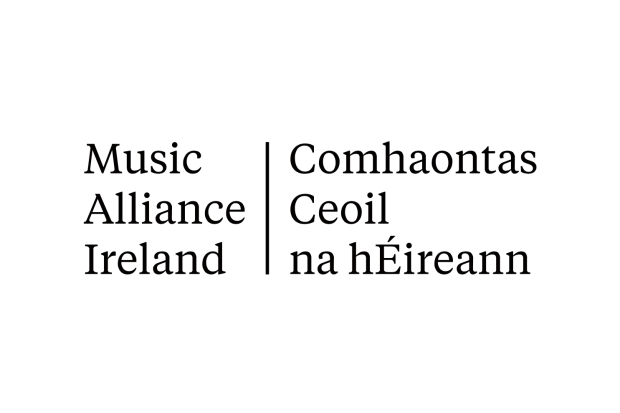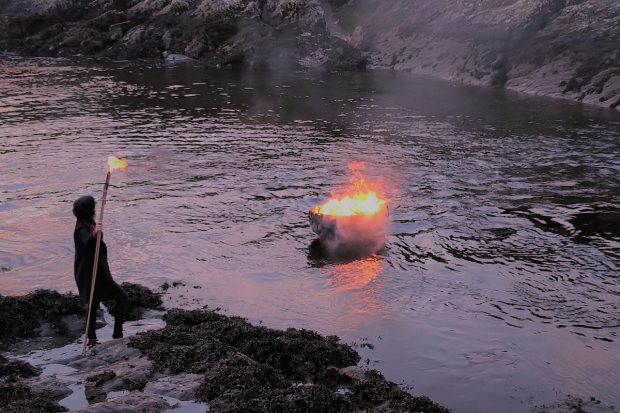
Kate Ellis and Ed Bennett
Into the Sonic Mass
The latest Ergodos release entitled Strange Waves brings together two musicians – composer Ed Bennett and cellist Kate Ellis – who are no stranger to each other’s work. Bennett has already written several pieces for both Ellis herself and the Crash Ensemble of which she is artistic director. This album consists entirely of a single large work in six parts for eight multi-tracked cellos and also features field recordings taken from the County Down coastline and Rathlin Island in the North Atlantic.
As the title suggests, the album has, as its inspiration, the repetitive sound of the sea which occupied a permanent presence for Bennett during his childhood on the Irish sea coast. In the notes accompanying the album he writes that ‘as I started to hear overlapping textures and loops in my work, I realised that there was something about this seemingly endless quality I was seeking.’
Tiny figures
Repetition is certainly a feature of Sections I and VI, which bookend the album. However, this repetition isn’t based on a single identifiable idea or motive being repeated. Instead tiny figures – often no more than an oscillation of a few notes or a repeated sonority – are built up into thick textures with the individual cello parts becoming subsumed into the sonic mass.
Tracks II, III and V explore thinner textures at their outset that become progressively denser. For me, section III was the standout track on the album. It begins with a gentle field recording of bubbling waters over which Ellis traces a simple but beautifully suspended line in the high register of the cello that circles around a few notes within the confines of a minor third. After two minutes, other cello lines gradually enter, initially forming gentle dissonances but soon developing into rich, microtonal textures as the section unfolds. The effect is one of elemental poignancy that perfectly blends with the field recording.
Spectral music
Admittedly, some of the sections are more convincing than others. Section II develops into the type of well-trodden micro-tonal glissandi textures that one finds in much spectral music such as Georg Friedrich Hass’ In Vain. Also, the beginning of Section V utilises the sustained, wide spacing of mildly dissonant white note sonorities – again a fairly common opening gambit – which results in a kind of bland sentimental soundtrack music.
Ellis’ instinctive sense of tone and ability to judge the finest gradations of microtonal tuning, however, make her the ideal performer for the style of music in Strange Waves. Much credit must go to the sound engineer Michael Keeney who manages to extract a very resonant sound in the final mixing and mastering of Ellis’ recordings. To fully appreciate this, listening to the album with good quality headphones is recommended.
On the whole, the album’s general character could be described as deeply meditative and atmospheric – there is little sense of melody or distinct rhythm – and this will appeal to a certain type of listener. At the same time, there is a feeling of depth, complexity and more than enough variation across the work’s six sections to avoid the grey zone of ambient music.
Strange Waves by Ed Bennett and Kate Ellis is available on Bandcamp. Visit ergodos.bandcamp.com.
Subscribe to our newsletter.
Published on 18 October 2023
Adrian Smith is Lecturer in Musicology at TU Dublin Conservatoire.















